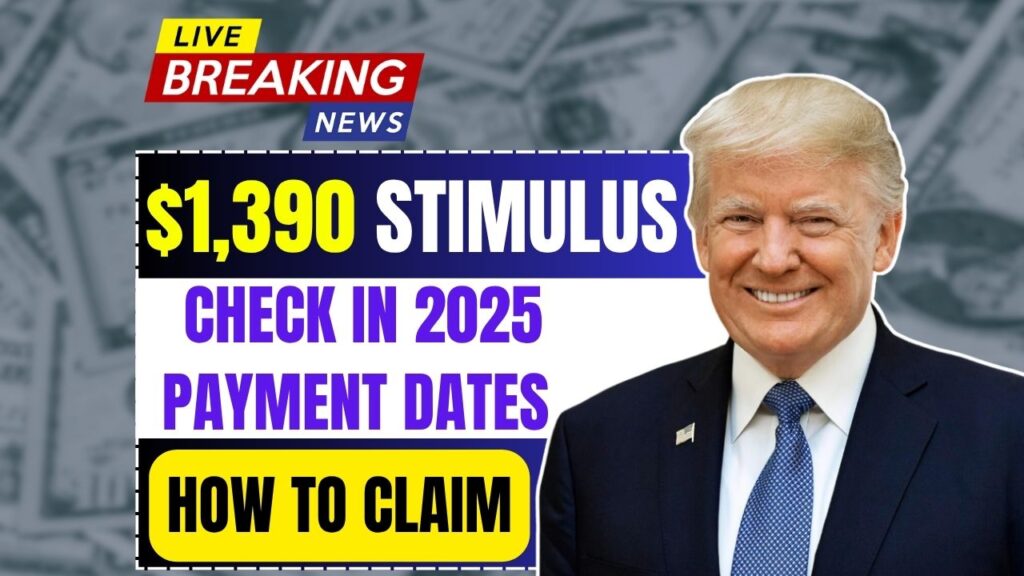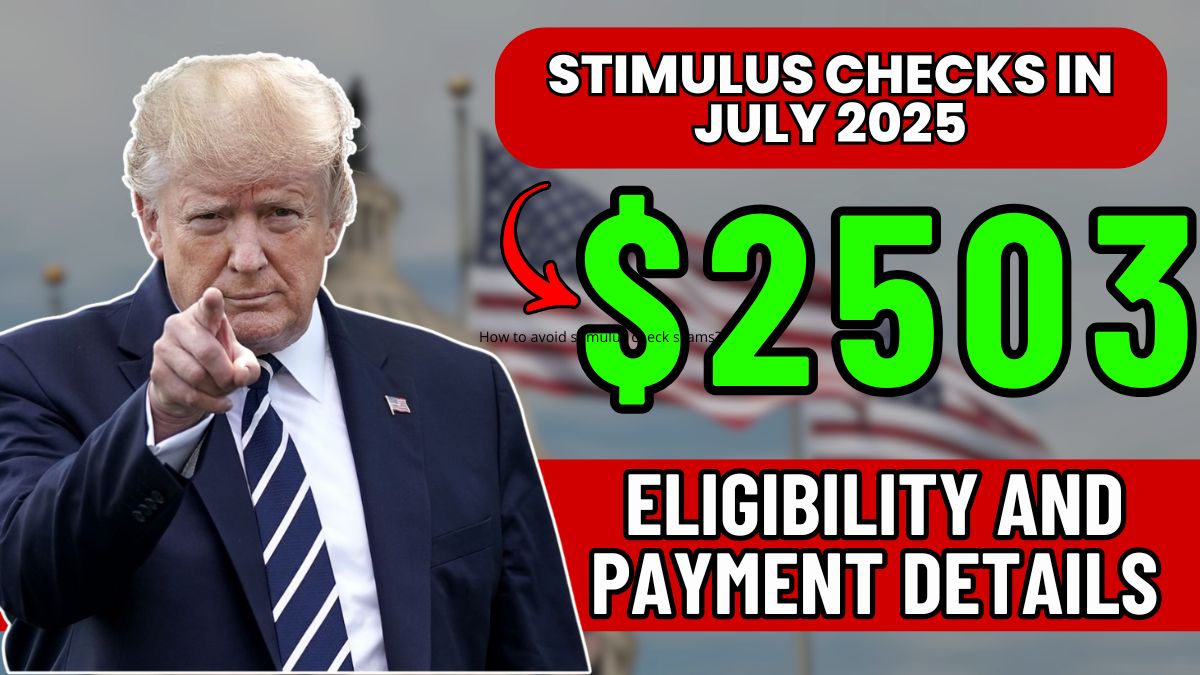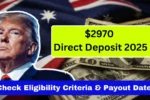Good news for millions of Americans — a $1,390 stimulus check is making headlines in 2025 as part of renewed federal relief efforts aimed at easing financial strain. With rising costs of living and inflation continuing to impact households, this stimulus payment could offer timely support. Here’s everything you need to know about eligibility, payment schedules, and how to claim the benefit.
Why a $1,390 Stimulus Check in 2025?
The U.S. government, in collaboration with the IRS and Department of the Treasury, is preparing to issue this one-time payment as part of an economic relief initiative. It may be tied to surplus tax revenues, ongoing inflation support, or cost-of-living adjustments (COLA), especially for low- and middle-income Americans and certain groups like seniors, veterans, and SSI/SSDI recipients.
Who is Eligible for the $1,390 Stimulus Check?
Eligibility largely depends on your income and filing status, similar to past stimulus rounds. While official criteria may vary by state or federal guidelines, expected eligibility includes:
- Individuals earning under $75,000 annually
- Married couples earning under $150,000 jointly
- Heads of households earning under $112,500
- SSI, SSDI, VA, and Social Security beneficiaries
- Taxpayers who filed their 2023 or 2024 returns
- U.S. citizens and qualifying resident aliens
Eligibility could also include dependents, part-time workers, and gig economy participants who meet the adjusted income limits.
When Will the $1,390 Payments Be Sent?
The IRS is expected to begin disbursing payments as early as Fall 2025, with some sources citing September to November as the potential timeline. Direct deposit recipients may receive their checks first, followed by mailed paper checks or prepaid debit cards within a few weeks.
To ensure timely delivery:
- Confirm your banking information with the IRS
- Keep your mailing address updated
- File your latest tax return promptly
How to Claim Your $1,390 Stimulus Check
Most eligible individuals won’t need to apply if they’ve already filed taxes for the past year. However, if you’re a non-filer, low-income earner, or receive government benefits, make sure to:
- Use the IRS Non-Filer Tool (if reopened in 2025)
- File a simple tax return to trigger eligibility
- Track your payment through the IRS Get My Payment portal once it goes live
Is This Payment State or Federal?
The $1,390 stimulus is expected to be a federal-level relief payment, though some states may offer additional rebates or matching funds. Check your state’s Department of Revenue website for any local updates.
Conclusion:
With inflation and economic uncertainty affecting millions, the$1,390 stimulus check in 2025 could provide crucial financial relief. Whether you’re a senior citizen on a fixed income or a working family struggling with rising expenses, this one-time payment may offer temporary stability. Stay informed, file your taxes, and monitor IRS updates to make sure you don’t miss out.




